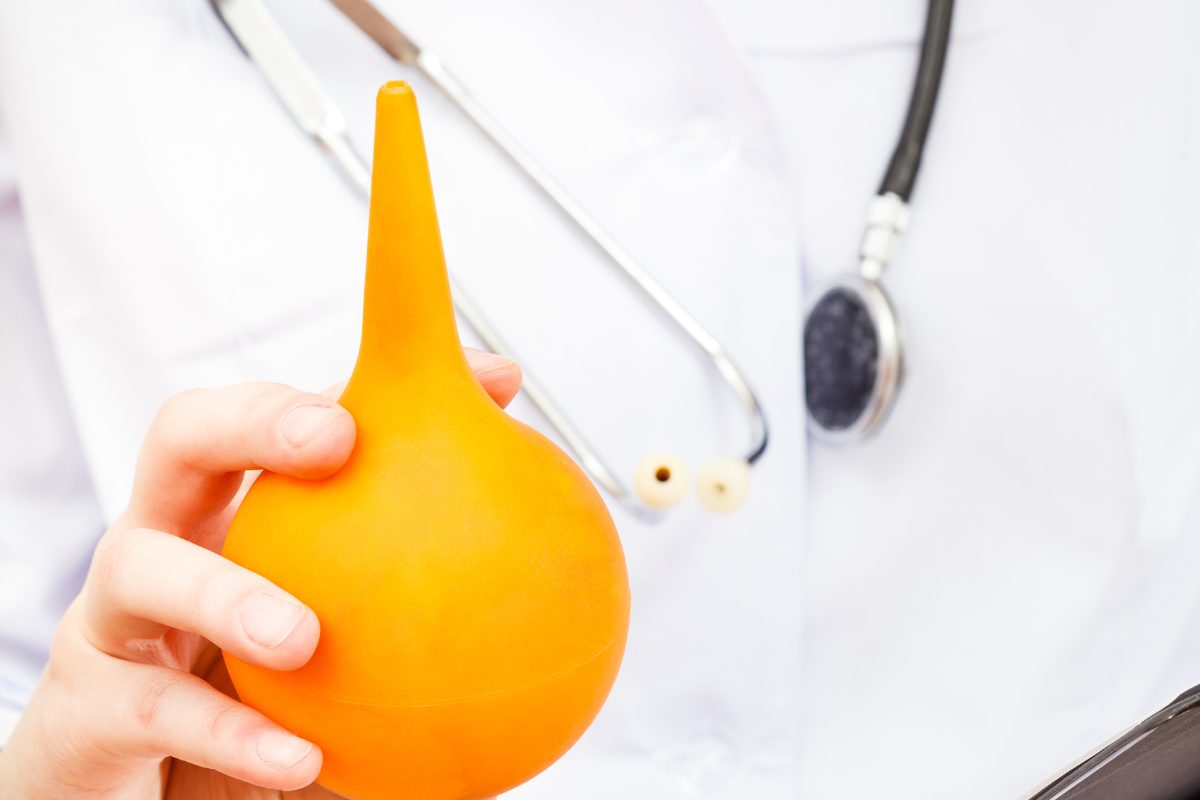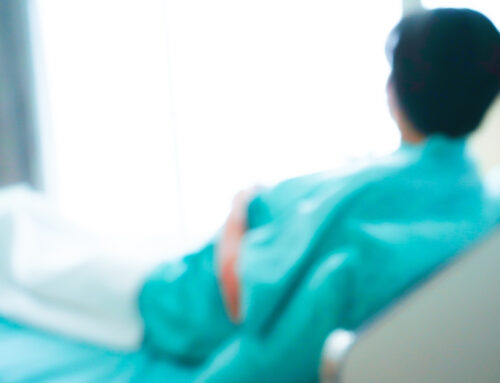Biocompatibility means the harmonious interaction of a material with living tissue. In the context of medical rubber products, it means the material does not trigger an adverse reaction when it comes into contact with bodily tissues or fluids. This characteristic is crucial for medical products made from rubber, such as gloves, implants, or tubing. These items must interact with human tissues without causing harm or provoking an immune response. Research shows the global market value for biocompatible materials is projected to reach USD 436.4 million by the end of 2033, growing at a CAGR of 8.8% over the next ten years.
Factors Affecting Biocompatibility
Several factors influence the biocompatibility of a material. The chemical composition of the rubber is vital; it must not release harmful substances or cause irritation or allergic reactions. For instance, certain rubber compounds can leach plasticizers or other additives, which can be toxic to human tissues.
The material’s physical properties, such as its hardness, flexibility, and porosity, also play a critical role. These properties can affect how the material interacts with the body’s tissues, potentially causing mechanical irritation or affecting the material’s performance within the biological environment.
The intended application of the product dictates the level of biocompatibility required. A rubber product designed for external use, such as a medical glove, has different biocompatibility requirements than an implantable device, which must not trigger any immune response or interfere with the body’s functions.
The body’s response to biomaterials can range from acceptance to rejection. A biocompatible material does not elicit a significant immune response and can perform its intended function without causing any adverse effect in the body.
According to the U.S. Food and Drug Administration (FDA), the evaluation of a material’s biocompatibility is tailored to its intended use, duration of contact, and the part of the body it will contact. This tailored approach ensures that the specific interactions between the material and the body are thoroughly evaluated for safety and effectiveness.
Medical Standards for Rubber Biocompatibility
Medical rubber products must adhere to stringent biocompatibility standards for safety and efficacy. The ISO 10993 series is the benchmark for evaluating the biocompatibility of medical devices. This set of standards provides a framework for determining the potential biological risks of medical materials and the necessary tests to assess them.
Testing requirements under ISO 10993 vary depending on the product’s contact with the body and the duration of exposure. For rubber products, tests can include cytotoxicity, sensitization, irritation, or acute systemic toxicity. These tests assess how well the material interacts with human cells and tissues.
Compliance with these standards is not just a regulatory hurdle but vital for patient safety. The FDA emphasizes that non-compliance with ISO 10993 can lead to post-market surveillance and adverse biological reactions, which can have significant health and legal consequences. Manufacturers must rigorously test medical rubber products to meet essential biocompatibility standards.
Rubber Materials in Medical Applications
Various types of rubber are selected for manufacturing biocompatible medical solutions due to their unique properties and suitability for medical applications. Here are some of the most commonly used types.
1. Natural Rubber
Natural rubber is prized for its high tensile strength and elasticity. However, its use is limited in medical applications due to potential allergic reactions caused by proteins present in natural latex.
2. Synthetic Rubbers
Synthetic rubbers, such as nitrile and butadiene rubbers, are often used as alternatives because they are free from latex proteins and offer similar elasticity and durability.
3. Silicone Rubber
Silicone rubber stands out in medical applications due to its excellent biocompatibility, thermal stability, and chemical inertness. It is particularly suited for long-term implantable devices and other medical products that require repeated sterilization.
The properties that make these materials suitable for medical use include:
- flexibility, which can mimic the movement of tissues;
- chemical inertness, which prevents adverse reactions, and
- impermeability, which protects against contamination.
For example, research shows silicone’s stability and compatibility with bodily tissues make it an ideal choice for cardiac implants. This demonstrates the importance of selecting the best rubber material based on the specific requirements of the medical application.
Liquid Silicone Rubber (LSR) and Biocompatibility
Liquid Silicone Rubber (LSR) is a versatile material known for its exceptional biocompatibility. It possesses unique properties, including thermal stability, chemical resistance, and flexibility. LSR maintains its physical properties over various temperatures and is also hypoallergenic, making it suitable for sensitive medical applications.
According to a report by Grand View Research, the global liquid silicone rubber market size was valued at USD 2.6 billion in 2020 and is expected to expand at a compound annual growth rate (CAGR) of 7.9% from 2021 to 2028, reflecting its growing adoption in medical fields.
Compared to other rubber materials, LSR’s biocompatibility is superior due to its purity and consistency, which reduce the risk of leachables and extractables—substances that can migrate out of the material into the body.
The advantages of LSR in medical applications are significant. Its ability to withstand sterilization processes and its minimal risk of allergic reactions make it a preferred choice for various medical devices, including catheters, syringe seals, and scar treatment silicone sheets. Additionally, LSR’s durability and flexibility ensure the longevity and functionality of medical implants.
Innovations and Advances in Biocompatible Rubber
Recent advancements in rubber biocompatibility are paving the way for safer and more effective medical products. Innovations include developing rubber materials that are more resistant to bacterial growth and integrate seamlessly with human tissue. An example of this type of innovation is Honeywell’s Spectra® UF Bio Fiber, which boasts high strength and chemical resistance and is designed for use in medical applications.
The potential impact of these materials on medical research and applications is substantial. They promise to enhance the performance and safety of medical devices, leading to better patient outcomes. The use of advanced biocompatible materials is expected to grow, as a report by Markets and Markets projects the global medical elastomers market will grow at a compound annual growth rate (CAGR) of 12.74% between 2023 and 2030. This growth reflects the crucial role of innovative materials in the future of medical technology.
Challenges in Ensuring Biocompatibility
Ensuring biocompatibility presents several challenges. Regulatory hurdles are significant, as medical products must meet rigorous standards set by bodies like the FDA and ISO. These regulations constantly evolve, requiring manufacturers to stay abreast of changes and compliance requirements.
Technical and material challenges also arise from balancing biocompatibility with other material properties, such as durability and performance. Selecting a suitable material that meets all these criteria can be complex.
Continuous improvement and testing are essential to overcome these challenges. Manufacturers must invest in ongoing research and development, as well as in comprehensive testing protocols.
Fostering a Commitment to Safety
Biocompatibility is paramount in medical rubber products to safely interface with human tissues. Manufacturers must continue to research and adhere to stringent standards, as this commitment underpins the safety and effectiveness of vital medical devices for patient care.
For more information and advice on using biocompatible rubber solutions for your medical device manufacturing, please contact us here.


